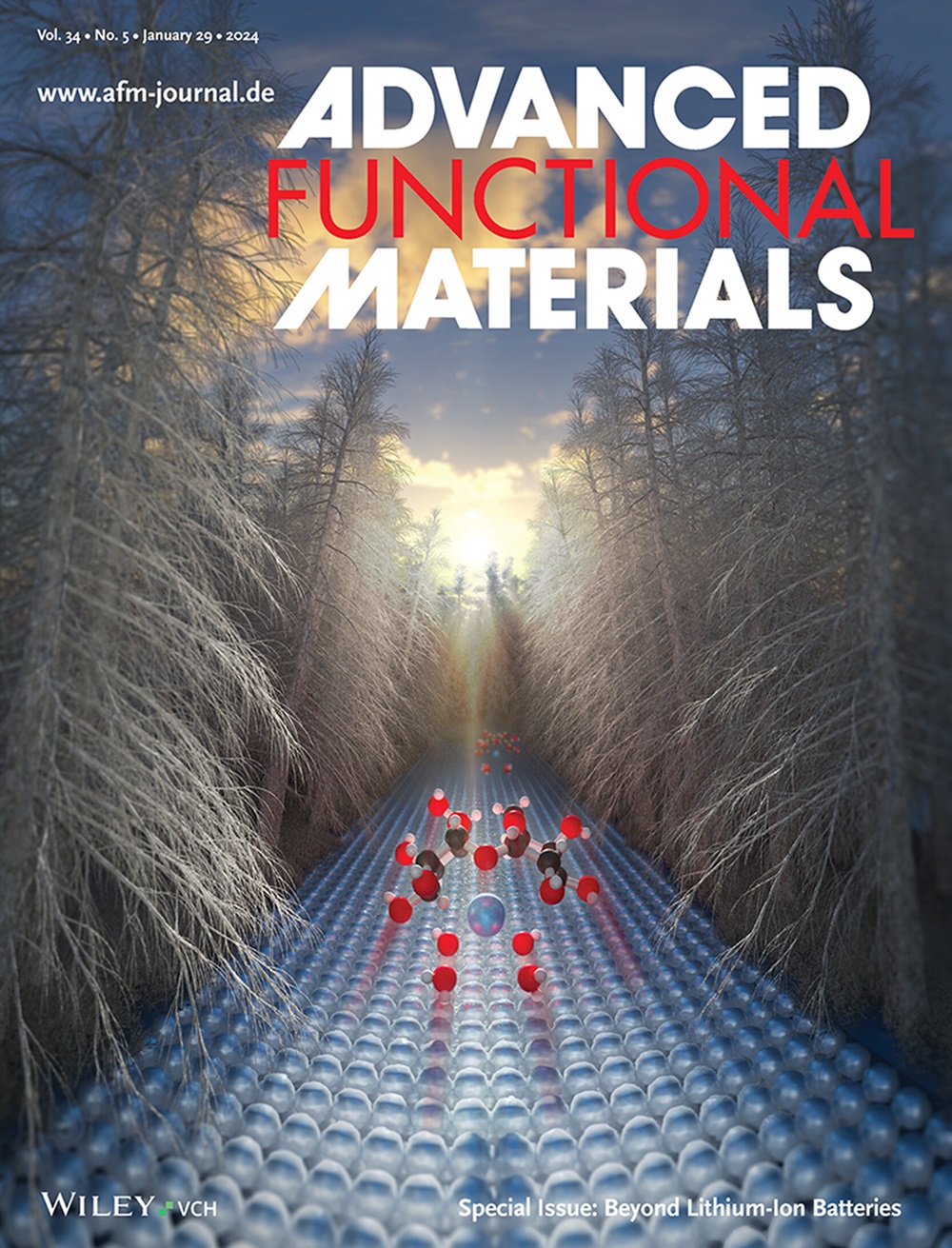Au@h-BN Core–Shell Nanostructure as Advanced Shell-Isolated Nanoparticles for In Situ Electrochemical Raman Spectroscopy in Alkaline Environments
IF 18.5
1区 材料科学
Q1 CHEMISTRY, MULTIDISCIPLINARY
引用次数: 0
Abstract
Recent advancements in in situ electrochemical Raman spectroscopy using shell-isolated nanoparticles have facilitated direct analysis of electrochemical mechanisms. However, shell materials such as SiO2 and Al2O3 commonly adopted for shell-isolated nanoparticle-enhanced Raman spectroscopy are unstable and unreliable in alkaline environments, posing significant obstacles for relevant research in the alkaline environment. While alternative shell materials have been explored, finding suitable replacements for traditional SiO2 shells is still challenging. To address this issue, this study proposes hexagonal boron nitride (h-BN), with atomically ultrathin and insulating properties, as an alternative shell material. Specifically, pinhole-free Au nanoparticles coated by an h-BN shell (Au@h-BN) with a uniform thickness of 1 nm are synthesized through a controlled two-step process. The resulting Au@h-BN exhibits more pronounced Raman scattering and long-term stability under alkaline conditions compared to Au@SiO2. Theoretical simulations support a stronger electromagnetic field distribution around Au@h-BN compared to that around Au@SiO2. In situ Raman studies conducted during electrochemical reactions of Ni and Cu electrodes demonstrate the superior Raman enhancement effect and durability of Au@h-BN compared to Au@SiO2. These results suggest that Au@h-BN holds significant potential for advancing long-term in situ Raman studies in alkaline systems, supporting the development of efficient catalysts for sustainable energy applications.

求助全文
约1分钟内获得全文
求助全文
来源期刊

Advanced Functional Materials
工程技术-材料科学:综合
CiteScore
29.50
自引率
4.20%
发文量
2086
审稿时长
2.1 months
期刊介绍:
Firmly established as a top-tier materials science journal, Advanced Functional Materials reports breakthrough research in all aspects of materials science, including nanotechnology, chemistry, physics, and biology every week.
Advanced Functional Materials is known for its rapid and fair peer review, quality content, and high impact, making it the first choice of the international materials science community.
 求助内容:
求助内容: 应助结果提醒方式:
应助结果提醒方式:


